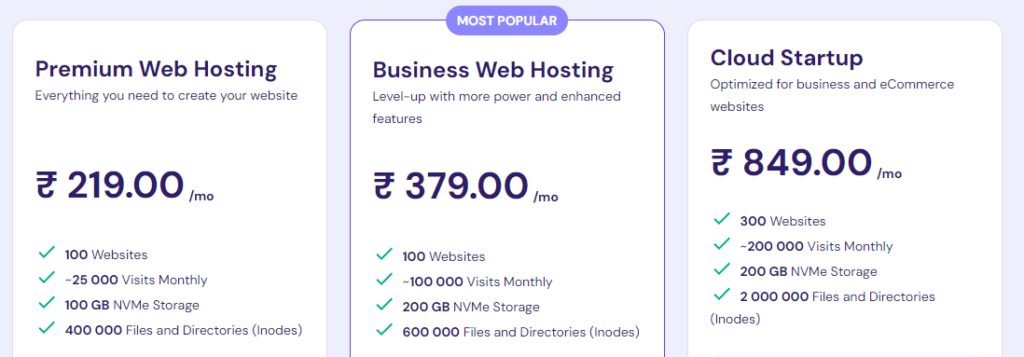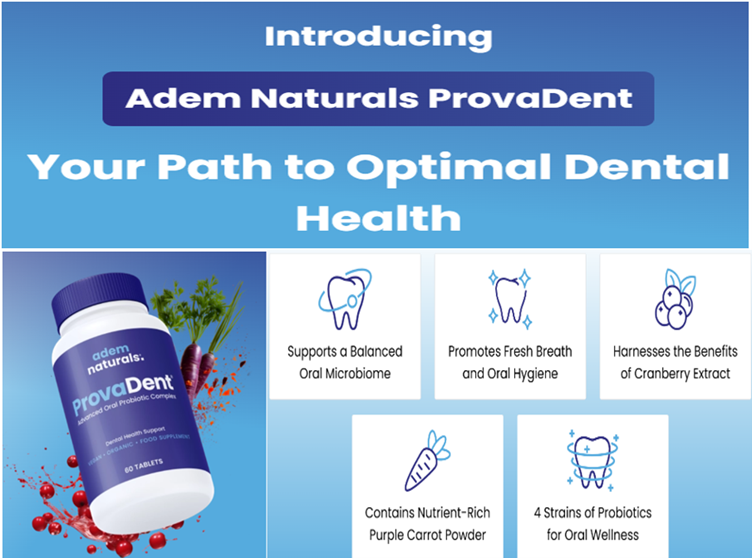In today’s industrial and corporate landscape, workplace safety is a critical concern for organizations aiming to enhance operational efficiency while minimizing risks. Benchmarking for safety performance has emerged as a vital tool to measure, compare, and improve safety standards across industries. Organizations that integrate robust benchmarking strategies into their safety management systems can identify weaknesses, implement best practices, and foster a culture of continuous improvement.
Understanding Safety Benchmarking
Safety benchmarking involves comparing an organization’s safety performance metrics against industry standards, regulatory requirements, or leading competitors. This process enables companies to assess the effectiveness of their workplace safety programs and identify areas that require improvement. It is an essential component of occupational health and safety (OHS) strategies, ensuring compliance with legal and regulatory safety requirements while enhancing overall workplace safety performance.
Types of Safety Benchmarking
Organizations employ different types of benchmarking strategies to optimize their safety management systems. These include:
- Internal Benchmarking – This involves comparing safety performance within different departments, facilities, or business units of the same organization. By analyzing incident rates, near-miss reporting, and hazard identification trends, organizations can replicate best practices company-wide.
- Competitive Benchmarking – In this approach, organizations compare their safety metrics with direct competitors. This enables businesses to understand where they stand relative to industry leaders and adopt effective workplace safety measures.
- Industry Benchmarking – By analyzing industry-wide safety data, businesses can align their safety programs with the best practices in their sector. This ensures adherence to national and international safety standards, reducing workplace accidents and enhancing employee well-being.
- Best-Practice Benchmarking – This involves studying organizations renowned for their exemplary safety records, regardless of industry. By adapting their safety management techniques, companies can enhance their own safety culture and improve employee engagement in safety practices.
Key Metrics for Safety Performance Benchmarking

To ensure a comprehensive evaluation of workplace safety, organizations must track various key performance indicators (KPIs) that reflect their safety performance. The most common safety benchmarking metrics include:
1. Total Recordable Incident Rate (TRIR)
TRIR is a crucial safety metric that measures the number of recordable incidents per 100 full-time employees over a given period. A lower TRIR indicates a safer work environment.
2. Lost Time Injury Frequency Rate (LTIFR)
LTIFR calculates the number of work-related injuries resulting in lost workdays per million hours worked. This metric helps organizations gauge the severity of workplace injuries.
3. Days Away, Restricted, or Transferred (DART) Rate
DART rate measures the number of cases where employees miss work, face work restrictions, or need job transfers due to occupational injuries or illnesses. Lower DART rates signify effective safety programs.
4. Near-Miss Reporting Rate
Encouraging near-miss reporting can significantly enhance workplace safety. A higher reporting rate suggests a proactive safety culture where employees actively participate in hazard identification.
5. Employee Safety Training Hours
Training is crucial for safety compliance. Tracking the number of safety training hours per employee ensures continuous education on workplace hazards, emergency procedures, and compliance requirements.
6. Compliance with Safety Regulations
Ensuring adherence to Occupational Safety and Health Administration (OSHA) standards or other regulatory bodies helps organizations avoid penalties and legal consequences while maintaining a safe work environment.
7. Safety Culture Assessment Scores
Surveys and assessments measuring employee perceptions of workplace safety help gauge the effectiveness of an organization’s safety culture.
Benefits of Safety Benchmarking
Benchmarking for safety performance offers numerous advantages, including:
1. Enhanced Compliance
By comparing safety metrics against regulatory requirements and industry standards, organizations can ensure compliance with safety laws, minimizing the risk of legal violations and financial penalties.
2. Reduced Workplace Accidents
Continuous safety performance evaluation helps identify hazards and implement corrective actions, leading to a decline in workplace accidents and injuries.
3. Increased Employee Engagement
A well-structured benchmarking program fosters a culture of safety awareness, encouraging employees to actively participate in workplace safety initiatives.
4. Improved Operational Efficiency
A safer work environment reduces downtime caused by workplace accidents, resulting in improved productivity and operational efficiency.
5. Strengthened Reputation and Competitiveness
Organizations that prioritize workplace safety gain a positive reputation among stakeholders, customers, and investors. A strong safety record enhances business credibility and competitive advantage.
Implementing an Effective Safety Benchmarking Strategy
Organizations seeking to implement a robust safety benchmarking strategy should follow these steps:
1. Establish Clear Safety Goals and Objectives
Define specific safety performance targets aligned with industry standards and regulatory requirements. Clear objectives provide a roadmap for measuring success.
2. Identify Relevant Safety Metrics
Select KPIs that accurately reflect workplace safety performance, ensuring they align with organizational goals and benchmarking best practices.
3. Gather and Analyze Safety Data
Collect historical and real-time safety data to identify trends, areas for improvement, and performance gaps.
4. Compare Against Industry Standards
Utilize benchmarking databases, industry reports, and regulatory guidelines to compare safety performance with industry peers and leading organizations.
5. Implement Best Practices
Adopt proven safety measures, training programs, and hazard mitigation strategies from industry leaders to enhance workplace safety standards.
6. Monitor Progress and Adjust Strategies
Regularly track safety performance, review benchmarking results, and refine strategies to ensure continuous improvement in workplace safety.
Challenges in Safety Benchmarking and How to Overcome Them
While safety benchmarking is highly beneficial, organizations may face several challenges, such as:
1. Data Inconsistency
Safety data may be inconsistent due to differences in reporting standards. Establishing a standardized reporting framework ensures accurate comparisons.
2. Resistance to Change
Employees and management may resist new safety initiatives. Promoting a strong safety culture and engaging leadership support can help overcome resistance.
3. Limited Access to Industry Data
Access to competitor safety data may be restricted. Organizations can leverage industry associations, regulatory reports, and safety benchmarking platforms to obtain relevant data.
4. High Implementation Costs
Implementing a benchmarking strategy requires investment in technology and resources. Prioritizing high-impact safety improvements ensures a cost-effective approach.
Conclusion
Benchmarking for safety performance is an invaluable strategy for organizations striving to enhance workplace safety, ensure regulatory compliance, and achieve operational excellence. By systematically measuring and comparing safety performance metrics, businesses can identify gaps, implement best practices, and create a proactive safety culture. With a commitment to continuous improvement, organizations can significantly reduce workplace accidents, protect employee well-being, and strengthen their overall safety management system.
Incorporating safety benchmarking into an organization’s core safety strategy is a forward-thinking approach that leads to long-term sustainability, improved productivity, and a safer work environment for all employees.
“Start Your Website Journey Today – Exclusive Hostinger Discounts!”










